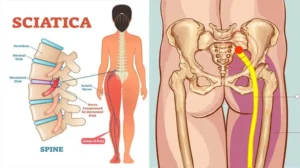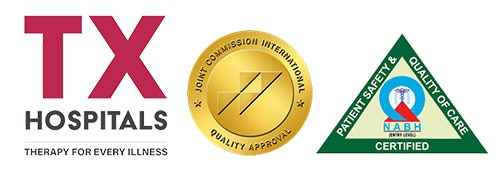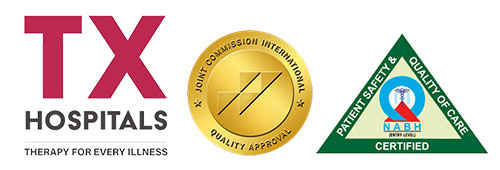Introduction
Surgery for sciatica or disc problems is a treatment option for individuals who experience severe or persistent symptoms that do not improve with conservative treatments. It aims to alleviate pain, reduce nerve compression, and restore function by addressing the underlying cause of the sciatica or disc-related issue. Surgical procedures for these conditions typically target the herniated disc, spinal stenosis, or other spinal abnormalities contributing to nerve compression.

How Surgery for Sciatica/Disc Problems Works
Preoperative Evaluation: Before surgery, you will undergo a thorough evaluation, including a medical history review, physical examination, and diagnostic tests such as imaging studies (e.g., MRI, CT scan) to identify the source and severity of the problem. This helps determine the appropriate surgical approach.
Anesthesia: During the surgery, you will be placed under general anesthesia, ensuring that you are asleep and pain-free throughout the procedure. Sometimes, local anesthesia with sedation may be used depending on the specific surgical technique and your condition.
Incision and Access: The surgeon will make an incision in the affected area of the spine, which can vary depending on the specific procedure. The goal is to gain access to the affected disc or area of nerve compression.
Nerve Decompression: The surgeon will carefully remove or repair the structures causing nerve compression. This may involve removing part of a herniated disc, trimming bone spurs, or enlarging the spinal canal (if there is spinal stenosis). The precise technique used will depend on the underlying cause and individual circumstances.
Stabilization (if necessary): In some cases, spinal fusion may be performed to stabilize the spine. This involves joining two or more vertebrae together using bone grafts or implants, providing stability and reducing pain.
Closure: Once the necessary procedures are completed, the surgeon will close the incision using sutures or staples. Sterile dressings or bandages will be applied to promote healing.
Postoperative Recovery: You will be closely monitored in a recovery area until the anesthesia wears off. Pain medications will be provided to manage discomfort. Depending on the extent of the surgery and your overall health, you may need to stay in the hospital for a few days before being discharged.
When Surgery for Sciatica/Disc Problems is needed
Surgery for sciatica or disc problems is typically considered when conservative treatments, such as physical therapy, medications, and epidural injections, have failed to provide adequate relief. The following conditions may warrant surgical intervention:
Herniated Disc: A surgery may be recommended if a herniated disc is causing persistent pain, significant nerve compression, or functional impairment.
Spinal Stenosis: Surgery may be considered if spinal stenosis (narrowing of the spinal canal) is causing severe symptoms and conservative treatments are ineffective.
Degenerative Disc Disease: Surgery may be indicated when degenerative changes in the discs lead to severe pain, nerve compression, or loss of spinal stability.
Recurrent Sciatica: If sciatica symptoms repeatedly recur or become chronic despite conservative measures, surgery may be considered.







